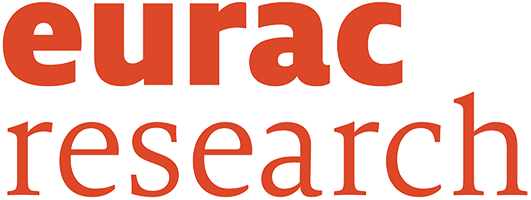Paper 375
Stakeholders’ perspectives on energy related Smart City technologies: POCITYF’s standpoint
Authors: D Leitão (1), K Kourtzanidis (2), P Giourka (2), J Kort (3), N Koning (3), N. Maas (3), M Devries (4), K Verbeek (5), N Bilo (6), R Barroso (7)
- EDP NEW R&D, Rua Cidade de Goa, 4,2685 –039, Sacavém, Portugal
- Centre for Research and Technology Hellas (CERTH), Chemical Process and Energy Resources Institute (CPERI), Thermi, GR-57001 Thessaloniki, Greece
- TNO Energy Transition, Kessler Park 1, 2288 GK Rijswijk, Netherlands
- New Energy Coalition, 9714 AA Groningen, The Netherlands
- Alkmaar Municipality, Mallegatsplein 10, 1815 AG Alkmaar, Maandag, The Netherlands
- Évora Municipality, Praça do Sertório, 7004-506 Évora, Portugal
- DECSIS, Rua Circular Norte do Parque Industrial e Tecnológico de Évora, Évora,Portugal
Abstract:
POCITYF –a H2020 smart-city project –supports cities with historical and cultural heritage districts, by developing innovative solutions and technologies to be applicable in cities with an architecture characterized by historic and/or cultural protected buildings and districts. To harmonise the innovative solutions with cultural heritage, the inclusion of relevant stakeholders’ opinions in decision-making and implementation of the project is crucial, as stakeholders are not only affected by the solutions,but also influence their successful implementation. To identify their needs and interests in relation with the list of innovations proposed, three (3) types of surveys were carried out among different stakeholder groups: Impact & Readiness of the solutions; Power & Interest of the local Stakeholders; Citizens’ Knowledge & Acceptance of the solutions. These surveys facilitate the selection, deployment and replication of the smart city solutions as well as strategies for social engagement, ensuring they are appropriate for the cultural heritage of cities and its citizens’ requirements.
Keywords: Smart cities, Cultural heritage, Stakeholders, Power and Interest analysis, Citizens’ Knowledge and Acceptance analysis.
